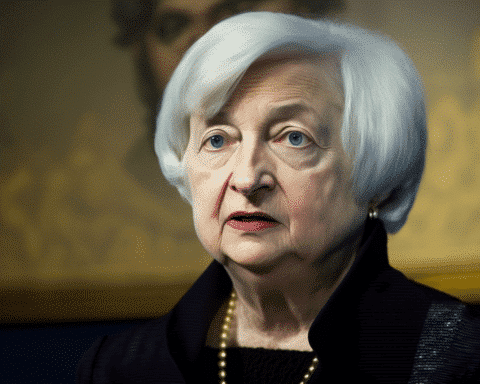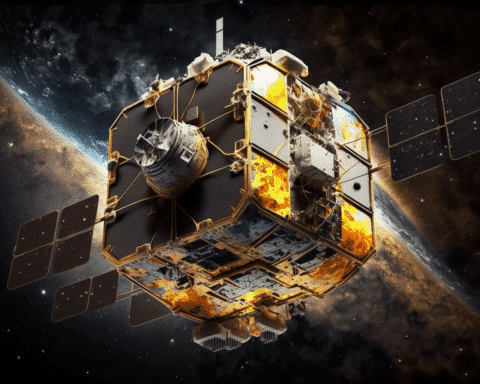Russia’s ruble has recently faced instability, revealing vulnerabilities in President Vladimir Putin’s economic strategy. While the Kremlin’s response — an urgent hike in interest rates — briefly stabilized the currency, it can’t mask the fundamental challenge: maintaining military expenses without weakening the ruble or sparking damaging inflation.
Despite heavy sanctions due to the Ukrainian conflict and the exit of many major Western brands, Moscow’s streets exude an aura of normalcy. For instance, where once international brands like Zara and H&M held space, now local brands like Maag and Vilet occupy them.
Important economic indicators are still within reasonable parameters: the unemployment rate is low, the economy is growing better than anticipated, and the inflation rate stands at 4% for July.
Moscow citizens relay mixed feelings, with some expressing concern about the future and others reminiscing about past economic challenges. Businesses adapt by sourcing materials from alternative regions, highlighting the resilience of local enterprises.
Imports are finding their way to Russia through countries like Kazakhstan and Armenia, skirting the sanctions. The government continues to finance both defence and welfare, ensuring money circulates.
Notable impacts on sectors like the automotive industry are evident with Western manufacturers exiting, but imports, particularly from China, are filling the gap. Travel has become pricier due to restrictions, affecting all but the wealthiest.
Russia’s earnings from its primary export, oil, have decreased due to Western sanctions, narrowing its trade surplus. A weaker ruble has advantages, such as increasing the purchasing power of oil dollars domestically.
The ruble’s dramatic fall on August 14 forced an emergency interest rate adjustment. While still stronger than last year, avoiding a total currency collapse is critical.
Post the 2014 annexation of Crimea, Russia fortified its economy against potential sanctions. It promoted domestic production and encouraged local sourcing. The nation boasts minimal debt and healthy reserves, although sanctions have frozen a significant portion.
Experts predict a slow erosion of Russia’s economy due to sanctions and military expenses. The complex relationship between monetary policy and war funding presents no easy solutions. Proposals to further restrict Russia’s oil profits could exacerbate the situation.
While short-term indicators suggest Russia isn’t heading for a financial meltdown, the long-term outlook indicates that the economic choices made will likely hamper growth and put added strain on the ruble. This could mean that the standard of living for Russian citizens may decline in the future.
As the global community watches, Russia navigates a complex financial landscape wrought with sanctions and the escalating costs of conflict. While the nation has displayed resilience, leveraging local enterprises and strategic economic maneuvers, the longer-term trajectory raises concerns. Balancing military endeavours with maintaining domestic economic health poses a formidable challenge. Only time will reveal the full repercussions of the current strategies, both for Russia’s economy and the everyday lives of its citizens.




